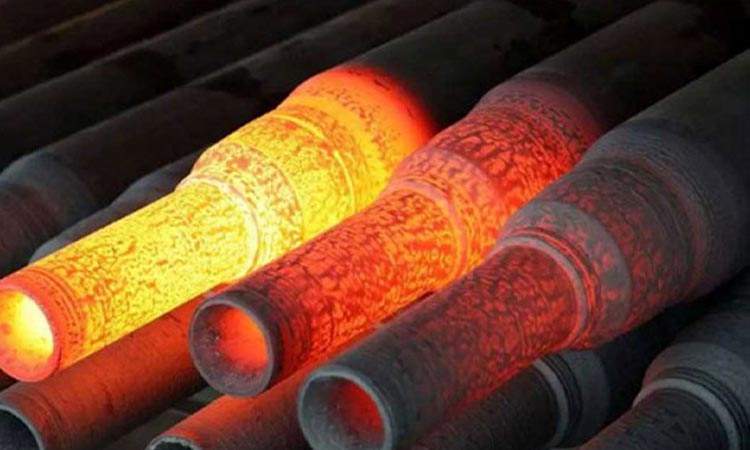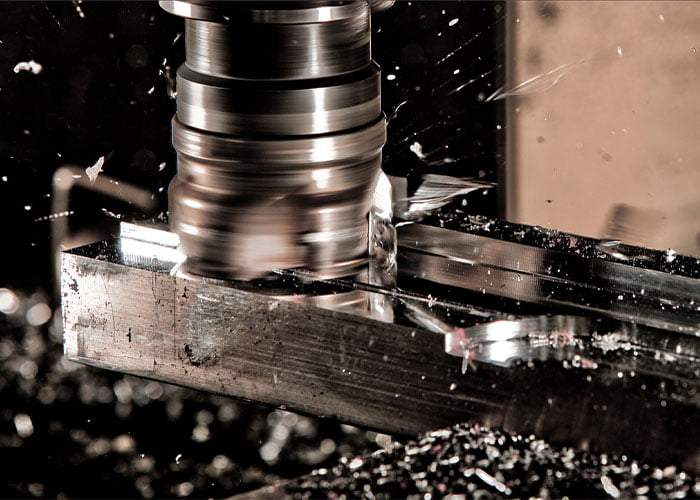Introduction

In the realm of manufacturing and engineering, steel forgings stand as a cornerstone, renowned for their exceptional strength, durability, and resistance to wear and tear. Their widespread use in crafting intricate components for machinery, vehicles, and aerospace applications is a testament to their remarkable properties. This comprehensive guide delves into the world of steel forgings, exploring their manufacturing process, key characteristics, and advantages over other manufacturing methods to empower you with the knowledge to make informed decisions in your respective field.
The Art of Steel Forging
Steel forging is a transformative process that shapes raw steel into high-performance components. It involves subjecting heated steel billets to immense pressure, typically from hammers or presses, to mold them into desired shapes. This process imparts unique properties that make steel forgings indispensable in demanding applications.
Key Characteristics of Steel Forgings
Steel forgings possess a remarkable combination of properties that make them ideal for critical components:
- Enhanced Strength and Toughness: The forging process refines the steel’s microstructure, resulting in exceptional strength and toughness, enabling it to withstand high loads and impact forces.
- Improved Grain Structure: Forging aligns and compacts the steel’s grains, eliminating internal defects and creating a uniform, dense structure that enhances durability and fatigue resistance.
- Exceptional Dimensional Accuracy: Steel forgings can be precisely shaped to tight tolerances, ensuring close-fitting components and minimizing the need for machining.
- Design Versatility: Forging allows for the creation of complex shapes and intricate geometries that are difficult or impossible to achieve through other manufacturing methods.
Advantages of Steel Forgings over Other Manufacturing Methods
Steel forgings offer several distinct advantages over alternative manufacturing methods:
- Superior Strength and Durability: Compared to castings, forgings exhibit significantly higher strength, toughness, and fatigue resistance, making them suitable for applications under extreme stress and wear.
- Reduced Machining Requirements: The forging process imparts a high degree of dimensional accuracy, minimizing the need for extensive machining, saving time, and reducing material waste.
- Improved Design Flexibility: Forgings can be shaped into complex geometries and intricate designs that are challenging or impossible to achieve through other methods, such as machining or extrusion.
- Extended Component Lifespan: Steel forgings typically exhibit a longer lifespan compared to components made from other manufacturing methods, reducing maintenance costs and downtime.
Table: Comparison of Steel Forgings to Other Manufacturing Methods
| Feature | Steel Forgings | Castings | Machined Parts |
|---|---|---|---|
| Strength | High | Moderate | Moderate |
| Toughness | High | Moderate | Moderate |
| Fatigue Resistance | High | Moderate | Low |
| Dimensional Accuracy | High | Moderate | Low |
| Design Versatility | High | Moderate | Low |
| Machining Requirements | Low | High | High |
| Material Waste | Low | Moderate | High |
| Component Lifespan | Long | Moderate | Short |
Introduction to Common Forgings
In the realm of metalworking, forging stands as a transformative process that shapes raw steel into high-performance components. By subjecting heated steel billets to immense pressure, typically from hammers or presses, forgings are crafted into intricate shapes that possess exceptional strength, durability, and versatility. This comprehensive guide delves into the world of common forgings, exploring their manufacturing process, key characteristics, and diverse applications to empower you with the knowledge to appreciate the remarkable properties and widespread use of these forged components.
Applications of Steel Forgings

The diverse applications of steel forgings encompass a wide range of industries:
- Automotive: Crankshafts, gears, suspension components, engine blocks.
- Aerospace: Landing gear, structural components, engine parts, turbine blades.
- Oil and Gas: Drilling equipment, valves, pressure vessels, pipeline components.
- Construction: Cranes, excavators, bulldozers, farm machinery.
- Marine: Propellers, rudders, shafts, engine components.
Conclusion
Steel forgings stand as a testament to human ingenuity and its ability to harness the power of materials to build, innovate, and progress. Their exceptional strength, durability, versatility, and cost-effectiveness make them indispensable in various industries, from towering skyscrapers to sophisticated machinery. As we continue to explore the frontiers of engineering, steel forgings are sure to remain a cornerstone in our pursuit of high-performance, reliable, and long-lasting components.
FAQ
Q: How can steel forgings improve product performance?
A: Steel forgings have greater strength and durability compared to other manufacturing processes, resulting in products that can withstand higher stress and wear.
Q: What industries can benefit from using steel forgings?
A: Industries such as automotive, aerospace, construction, and mining can benefit greatly from using steel forgings due to their superior performance and reliability.
Q: How can I ensure the quality of steel forgings in my product?
A: It is important to work with a reputable forging manufacturer that has a track record of producing high-quality steel forgings. Additionally, conducting thorough testing and quality control checks can help ensure the integrity of the forgings used in your product.
Q: What factors should be considered when choosing steel forgings for a specific application?
A: Factors such as material grade, shape complexity, size and weight requirements, and specific performance expectations should all be taken into account when choosing steel forgings for a particular application. It is also important to consider factors such as cost, lead time, and supplier capabilities.
